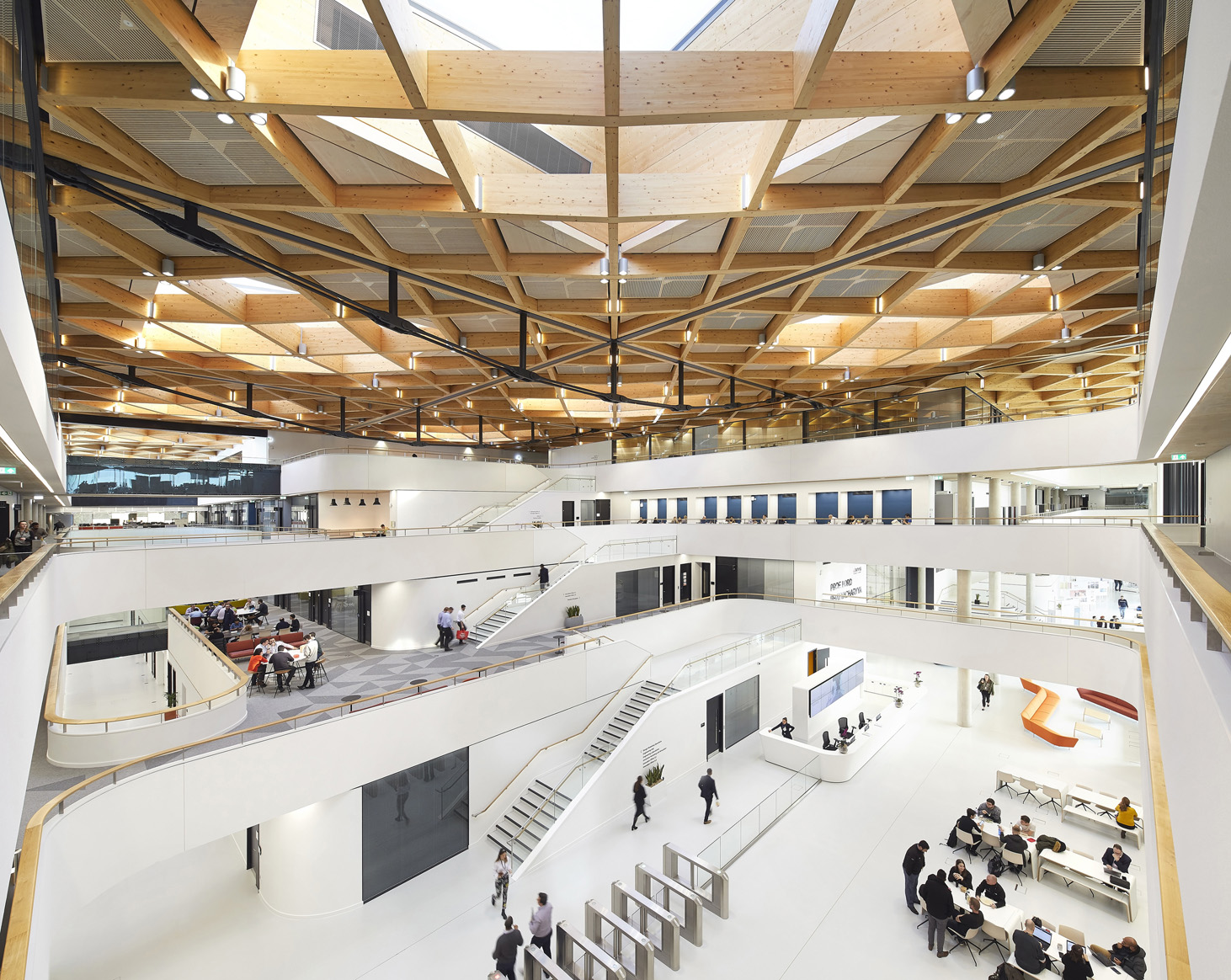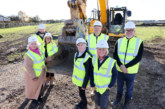
Increasing the use of sustainable materials within construction is essential to achieving Net Zero status by 2050 — a goal that the Government has committed to in its Build Back Greener strategy document. The timber sector fully recognises its role in facilitating this transition, as Andrew Carpenter, Director of the Confederation of Timber Industries (CTI) and Board Member of the Construction Leadership Council (CLC), explains.
More than 300 local authorities have declared a climate emergency in recent years and as such, nearly two thirds of councils have pledged to achieve Net Zero status 20 years ahead of the national target to combat the climate crisis.
It is clear that local authorities must make considerable changes across all aspects of their operation, including transport, energy use and procurement, to be more in-line with the sustainability agenda. With a shocking 40% of the UK’s emissions being produced by the built environment, local authorities urgently need to address the carbon
footprint of their estates and seek out more sustainable methods of construction.
The construction industry has an obligation to improve its environmental performance and the Construction Leadership Council (CLC) is calling upon the sector to tackle the climate crisis with the same joined-up approach it showed in response to the COVID-19 pandemic.
One of the CLC’s major triumphs to date is the production of its Site Operating Procedures which, when followed on site, ensured the safety and protection of the UK’s construction workforce and allowed the industry to remain operational throughout the pandemic — a key factor in maintaining the UK’s relatively buoyant economy. The
CLC hopes to garner the same support for its latest initiative, CO2structZero.
CO2structZero programme
Launched at COP26, CO2structZero is a programme that establishes a list of nine priorities for new projects to adopt and implement. These priorities relate to transport, buildings and construction activity, and include:
- Accelerating the shift of the construction workforce to zero emission vehicles and onsite plant.
- Enhancing the energy performance of new and existing buildings through higher operational energy efficiency standards and better building energy performance.
- Implementing carbon measurement, to support our construction projects in making quantifiable decisions to remove carbon.
The priorities underpin the success of CO2structZero and align with the overarching Government plan to achieve Net Zero 2050. Local authorities in particular should pay close attention to these, as those that choose to engage with the priorities will experience significant carbon savings, making their sustainable targets much more achievable. However, before local authorities can introduce more timber-based construction, there are clear and obvious barriers that must first be overcome. Breaking down these barriers is crucial to introducing a wider audience to both the structural capabilities of timber and its sustainable benefits. Part of the work at the Confederation of Timber Industries is bridging this gap.
Government-driven initiative
The Timber in Construction Working Group, which the CTI is a part of, is a collection of stakeholders from within the construction and timber industries, as well as insurers, academics and government officials. Its two main objectives are to develop policy that will increase the safe use of timber, and to produce a roadmap to enable these key stakeholders to deliver more timber in UK construction. This government-driven initiative is a definite acknowledgment that timber must play a vital role in achieving Net Zero by 2050.
Without initiatives like the CO2structZero priority list and the Timber in Construction Working Group, increasing the use of timber within construction in the UK would be a far greater challenge. With new policies being worked on, and government backing to see them come to fruition, the target of Net Zero by 2050 is starting to feel more within reach.
Header image: National Automotive Innovation Centre, from Cullinan Studio. Photographer: Hufton + Crow. Via Wood Awards.








